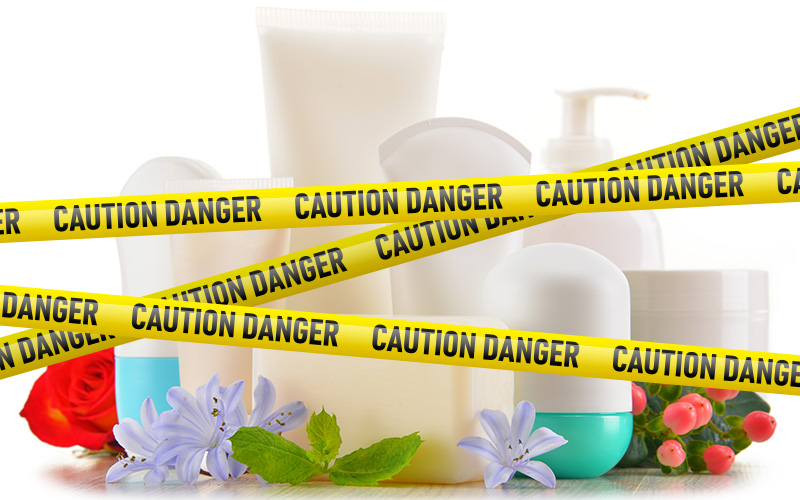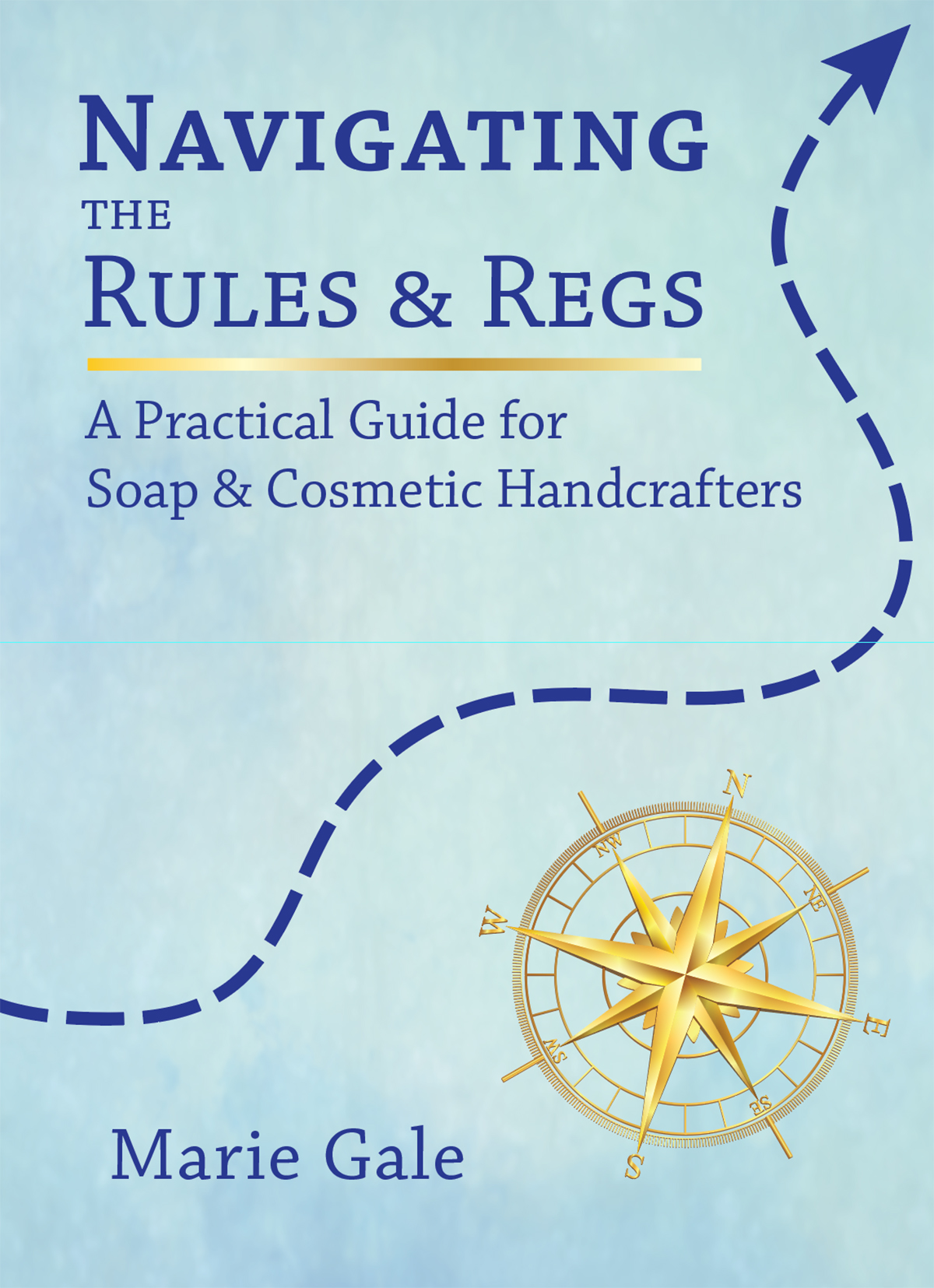Nowadays, there is a huge push toward “clean beauty.” That is, beauty products without all those “bad” ingredients like parabens, sulfates, phthalates, triclosan, and the like. But are those products actually safer?
“Clean” (like “natural”) is not defined in law or regulations. What a “clean” cosmetic product can contain isn’t controlled or guided by any official legal documentation. It may be decided in the court as a result of the 2022 lawsuit against Sephora alleging that their “clean beauty” program was deceptive and misleading.1
In the meantime, cosmetic companies large and small are formulating and re-formulating their products to navigate the muddy waters of consumer perception that a “free-of” product is a safe product.
Allure recently published a great article, Did Clean Beauty Go Too Far? According to the article, “Amid lawsuits, mold controversies, and inconsistent guidelines, cosmetic chemists sure think so.”
It’s a long read, but very interesting. If you make or use cosmetic products, I highly recommend reading it.
- Sephora moved to dismiss the suit in February, but there hasn’t been a decision yet as of the date of this post. ↩︎



Leave a Reply